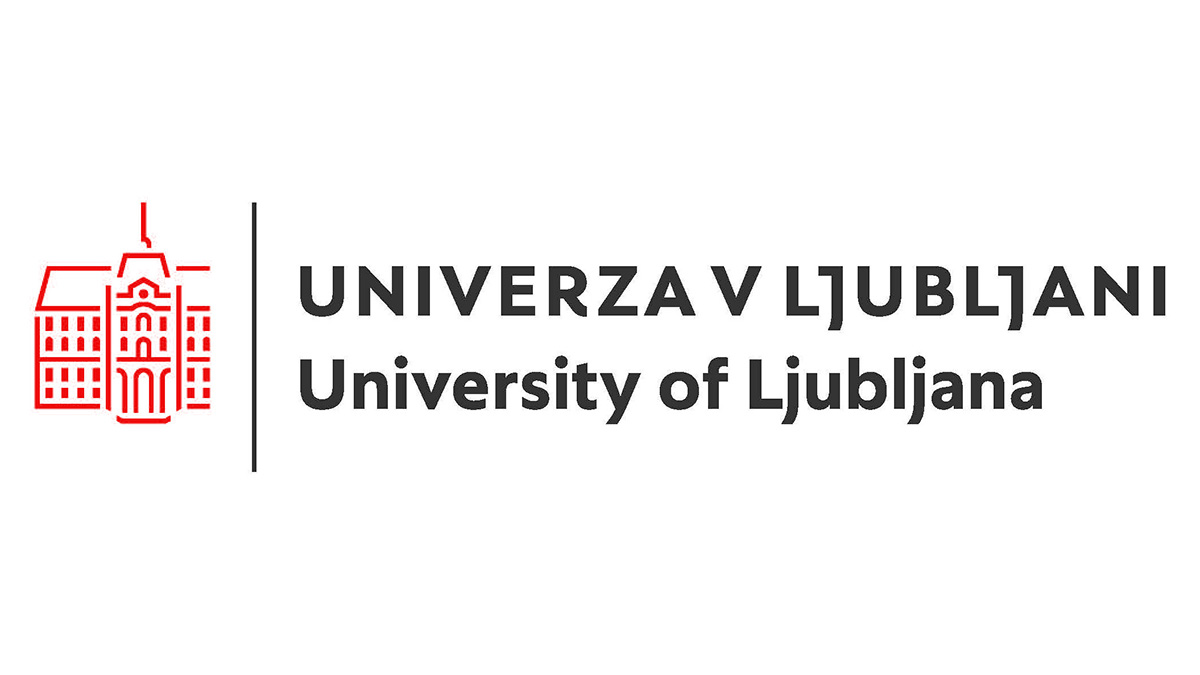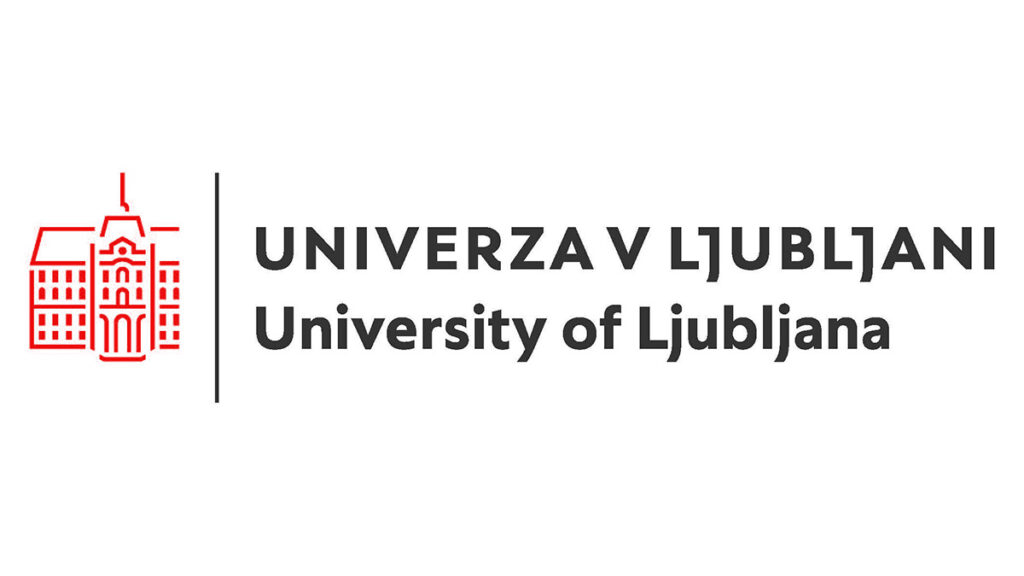CfP: Reinventing Science Communication? Challenges for the Post-Truth Era


No news from Course
No news from Cumulus for Ukraine
No news from Global Conversations
No news from Job Listings
No news from Joint & Partner Events
No news from Special Events
The University of Ljubljana is the oldest university in Slovenia, proud of its strong tradition. Over 40,000 students upgrade and develop their knowledge and skills at the country’s largest educational institution, famous for top-quality achievements in social science, natural science, humanities and engineering degree programmes, as well as for artistic achievements by the three academies. Furthermore, the University has been most successful in research, therefore the central and largest research institution in Slovenia, with 30% of all registered researchers. It promotes interdisciplinary and multidisciplinary studies and exchanges its achievements in science and art with other universities and scientific research institutions. Particular concern of the University of Ljubljana is also the transfer of knowledge to the economy, which is why it cooperates closely with Slovenian and foreign companies. Its partners are multinational corporations and top Slovenian companies.
Each year the University of Ljubljana offers a wide range of bachelor, master and doctoral programmes covering all fields of study: Natural Science, Technology and Engineering, Social Sciences, Humanities, Medicine, Art. In addition to pursuing the high quality academic offering and delivery of the degree programmes provided by the University of Ljubljana, students are encouraged to get involved in numerous extracurricular activities to reinforce various types of skills and competencies they will need to start and develop your career. University of Ljubljana Career Centres provide them with guidance.
1. University of Ljubljana / Academy of Fine Arts and Design
The Academy of Fine Arts and Design of the University of Ljubljana (UL ALUO) was established in 1945 as the Academy of Representational Art on the basis of the efforts of the then leading Slovene artists, who had received their education at various schools of art, mostly in Central Europe, and thus introduced diverse artistic experience and approaches to the newly–founded school at the very beginning. Due to the location of Slovenia in the centre of Europe, where paths from the east and west intersect one another, the artists and scientists who teach at the Academy also bring with them influences of various cultural areas, theories and artistic practices comprising a productive matrix which, in addition to the open development of fine art, constitutes a framework for present and future education, research and artistic activities.
Throughout the years the Academy changed its name a few times, and expanded its activities in line with its development. In 1984 the studies expanded by incorporating industrial design and visual communications design, and a good ten years later it also introduced conservation/restoration. Today, the Academy encompasses the following departments: the Department of Painting with painting, graphic art and video art — modern media courses, the Department of Sculpture, the Department of Visual Communication Design with graphic design, interactive design, photography and illustration courses, the Department of Industrial Design and Applied Arts and the Department of Restoration. In cooperation with the students and by including top artists, designers, theoreticians and restoration specialists in the teaching process, we offer an educational, artistic and research environment which stimulates the development of our students into independent and inventive creators.
The studies are carried out in small groups, where we develop student creativity and innovation through an individual approach involving consultations, corrections, discussions and seminars, emphasising the importance and the role of our disciplines in the broader social context in order to build individual responsibility. The courses also include theoretical topics and the acquisition of technical and technological skills. As the extent of our international student exchange is among the largest in comparison with the other institutions within our university, it needs to be emphasised that we cooperate with foreign partners through student exchanges and the inclusion of foreign students in the projects, exhibitions, competitions, conferences, etc.
2. University of Ljubljana / Faculty of Architecture
The Faculty of architecture (UL FA) in Ljubljana is generally considered one of the best Central European schools of architecture. Confirmation of its quality comes from numerous successful students and graduates, often achieving enviable results domestically and abroad. Our graduates are known for their general and professionally profiled knowledge and systematic project approach enabling successful employment in various fields of artistic and architectural endeavours.
The faculty is situated in the city centre of Ljubljana, capital city of Slovenia. Ljubljana is known for its Roman remains, baroque architecture and numerous buildings and public spaces from 20th century building heritage. The capital is looking into the future in good form with its contemporary architecture, city centre revitalisation, green transport and urban design.
3. University of Ljubljana / Faculty of Natural Sciences and Engineering
The Faculty of Natural Sciences and Engineering of the University of Ljubljana has added geotechnology, materials, graphic and interactive communications and textile and clothing design to its traditional offer of study programmes that covers geology, mining, metallurgy and textiles. Those areas are individually, and even more so when combined, a foundation of developed societies and countries offering at three educational levels comprehensive knowledge in natural sciences, technical sciences and technology, information and communication technology, and arts and design. Through individual selection of courses at the faculty’s departments as well as at other faculties, basic expert knowledge can be upgraded through selected topics from economics, marketing and management. Students, in addition to receiving theoretical expert, scientific and artistic foundations, undertake practical research and creative project work that is enabled by labs, workshops and IT equipment. The teaching methods promote innovativeness, creative thinking and teamwork, providing graduates flexibility in finding a job and working in groups, an entrepreneurial spirit and managerial abilities. The Faculty of Natural Sciences and Engineering comprises five departments: Department of Geology, Department of Mining and Geotechnology, Department of Chemical Education and Informatics, Department of Materials and Metallurgy and Department of Textiles. Their work is supported by the Infrastructure Centres of the Department of Textiles and the Department of Materials and Metallurgy as well as the respective department libraries.